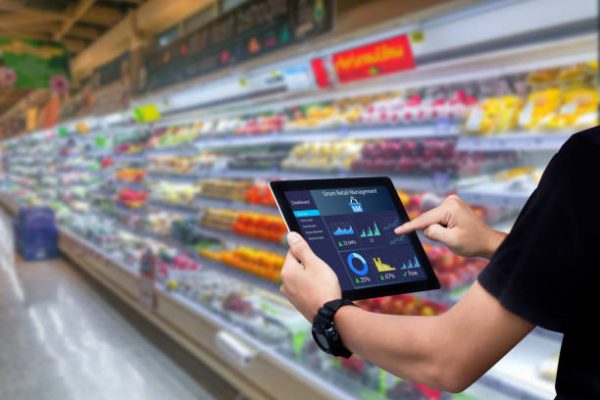
- January 10 2025
- SFI Solution Team
In the contemporary retail landscape, the smooth functioning of diverse systems is vital for achieving success. Retailers now face competition that extends beyond mere product quality or pricing; operational efficiency and the customer experience have emerged as critical factors that set businesses apart. A significant area where integration can yield substantial improvements is the connection between Point-of-Sale (POS) systems and inventory management systems. This integration is essential and has the potential to revolutionize retail operations.
The Growing Complexity of Retail
Modern retail is more complex than ever. With multiple sales channels, dynamic customer expectations, and a rapidly changing market landscape, managing operations manually or through disconnected systems is not just inefficient but also unsustainable. Retailers need a unified approach to ensure they can:
-
Manage inventory in real-time.
-
Provide accurate stock availability to customers.
-
Streamline backend operations and reduce manual errors.
Key Benefits of Integrating POS and Inventory Systems
1. Real-Time Inventory Tracking
Integration ensures that every sale made through the POS is immediately reflected in the inventory system. This real-time visibility prevents stockouts, overstocking, and discrepancies, ensuring that inventory levels are always accurate.
2. Enhanced Customer Experience
Nothing frustrates customers more than being told an item is available, only to discover later that it’s out of stock. With integrated systems, inventory data is accurate, enabling sales staff and online channels to provide reliable information, thereby enhancing customer trust and satisfaction.
3. Improved Decision Making
Integrated systems provide detailed insights into sales trends and inventory movement. Retailers can identify which products are high-performing and which are underperforming, allowing them to make informed decisions about stock replenishment, promotions, and product line adjustments.
4. Streamlined Operations
Manual data entry between separate systems is time-consuming and prone to errors. Integration eliminates the need for redundant tasks, freeing up resources to focus on more strategic activities.
5. Cost Efficiency
Accurate inventory tracking helps retailers avoid unnecessary costs associated with overstocking or emergency restocking. It also reduces the expenses tied to human errors and operational inefficiencies.
6. Support for Omnichannel Retail
In an omnichannel world, customers expect a unified shopping experience across online and offline channels. Integrated POS and inventory systems ensure consistent data across platforms, enabling services like buy online, pick up in-store (BOPIS), and seamless returns.
Features to Look for in Integrated Systems
When selecting POS and inventory systems, retailers should prioritize the following features:
-
Scalability : Ensure the system can grow with your business.
-
Ease of Use : User-friendly interfaces reduce training time and improve adoption rates.
-
Cloud-Based Functionality : Cloud integration provides flexibility and accessibility from any location.
-
Comprehensive Reporting : Detailed analytics and customizable reports are essential for data-driven decision-making.
-
Third-Party Integrations : The ability to connect with other tools like accounting software, eCommerce platforms, and CRM systems further enhances operational efficiency.
Overcoming Integration Challenges
While the benefits are clear, integrating POS and inventory systems can be challenging. Common obstacles include:
-
Legacy Systems : Older systems may lack compatibility with modern software.
-
Data Migration : Transferring data between systems can be complex.
-
Cost Considerations : Upfront costs for new software and integration services can be significant.
To overcome these challenges, retailers should:
-
Work with experienced software vendors who understand the retail landscape.
-
Prioritize solutions that offer robust support and training.
-
Conduct a thorough needs assessment to choose systems aligned with their business goals.
The Future of Retail Integration
As technology continues to evolve, the integration of POS and inventory systems will become even more critical. Emerging technologies like artificial intelligence (AI) and machine learning can further enhance these systems, enabling predictive analytics for inventory management and personalized customer experiences.
Conclusion
In a competitive retail environment, the integration between POS and inventory systems is not just a “nice-to-have” feature—it’s a necessity. From real-time inventory tracking to improved decision-making and customer satisfaction, the benefits are manifold. Retailers who invest in integrated systems today will be better equipped to navigate the challenges of tomorrow and provide a seamless shopping experience that keeps customers coming back.
By bridging the gap between POS and inventory systems, retailers can streamline operations, reduce costs, and stay ahead in an increasingly dynamic marketplace. If you haven’t considered this integration yet, now is the time to make it a priority.
Previous Post